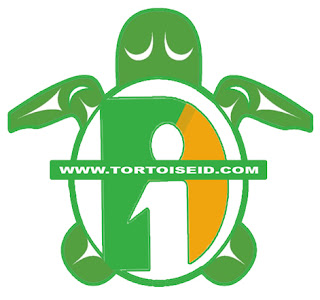DESCRIPTION
Common Name: LEOPARD TORTOISE
Scientific Name: Stigmochelys Pardalis Pardalis
Current Size: 7CM
Average Adult Size: 10-16" (females larger)
Area of Origin:South Africa
Description: Sandy yellow color with variable black splashes throughout the shell. These tend to be a high domed tortoise, with males normally a bit more elongated and narrow than the rounder, wide females.
Habitat:Hot, dry climates. This is one of the few tortoises that really struggles in high humidity areas (they can handle moderate humidity). They do not hibernate, but will go through a winter slow down period during cooler weather and shortened daylengths. As adults, they can safely handle body temperatures as low as 50 degrees at night as long as they are able to heat up into the 70's during the day. Summer highs up to 120 degrees can be tolerated as long as there is a cooler, shaded retreat the tortoise can get into. Dampness is not a problem in high temperatures (a cool mud hole on a hot day), but in cooler weather the tortoises should be kept dry. As babies, these tortoises spend almost all their time in washes and underground in burrows, giving them a much more humid and moist environment than you picture the desert to be.
Diet: This tortoise is naturally a grazer, and will wander about nibbling on grass the majority of its natural life. In captivity, leopard tortoises will graze on grasses, as well as leafy weeds and clover (dandelions are a favorite). As babies, we focus more on feeding them a wide mix of leafy greens (spring mix), since they have a harder time eating the more tough grass. Vegetables can be added to the diet for variety, but fruit should generally be avoided.
Adult Behavior: Adult leopard tortoises are peaceful, slow moving tortoises. They are un-aggressive towards eachother in most cases, and do little damage to their environment (little or no digging or burrowing). Some individuals can be skittish if spooked, but most will eagerly come to their keepers looking for food once they are comfortable in their environments. They are not very good climbers and make little attempt to escape, so a short, basic wall will contain most leopard tortoises.

